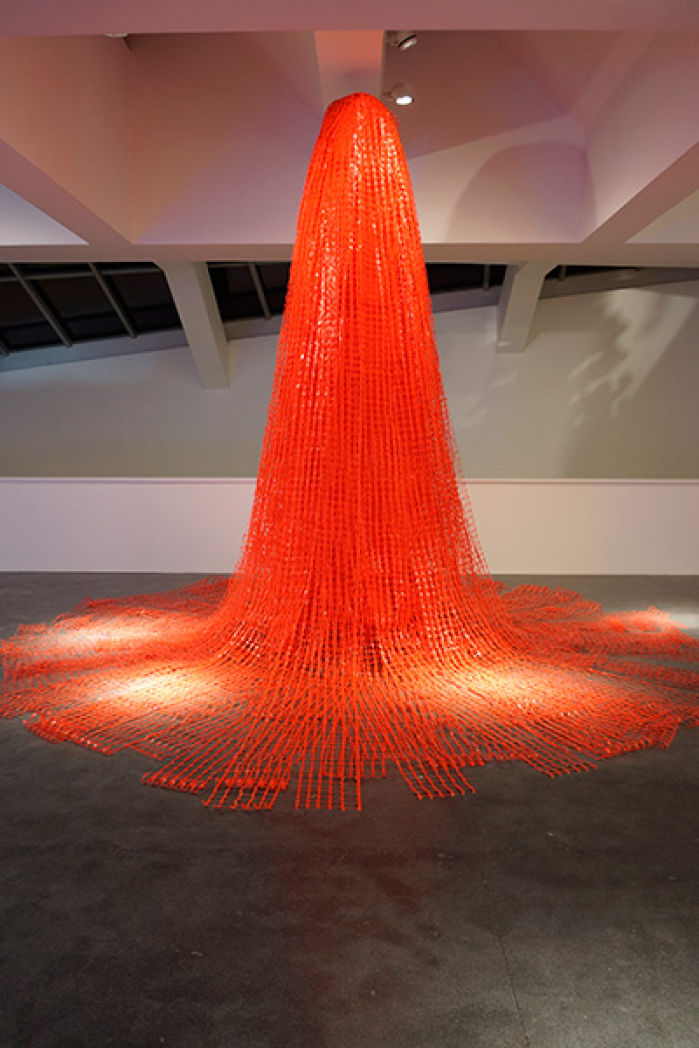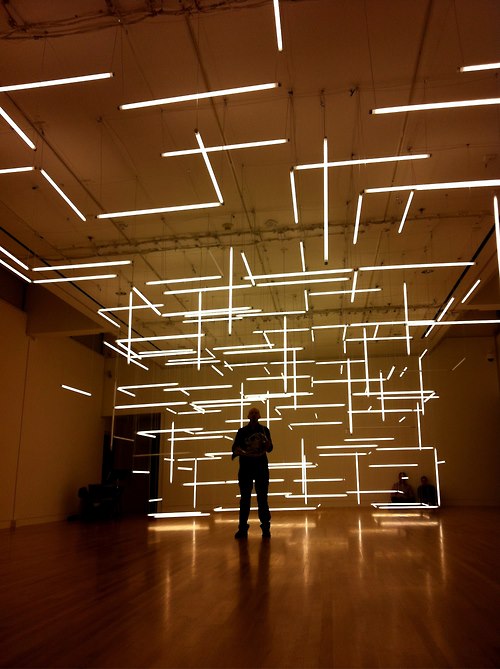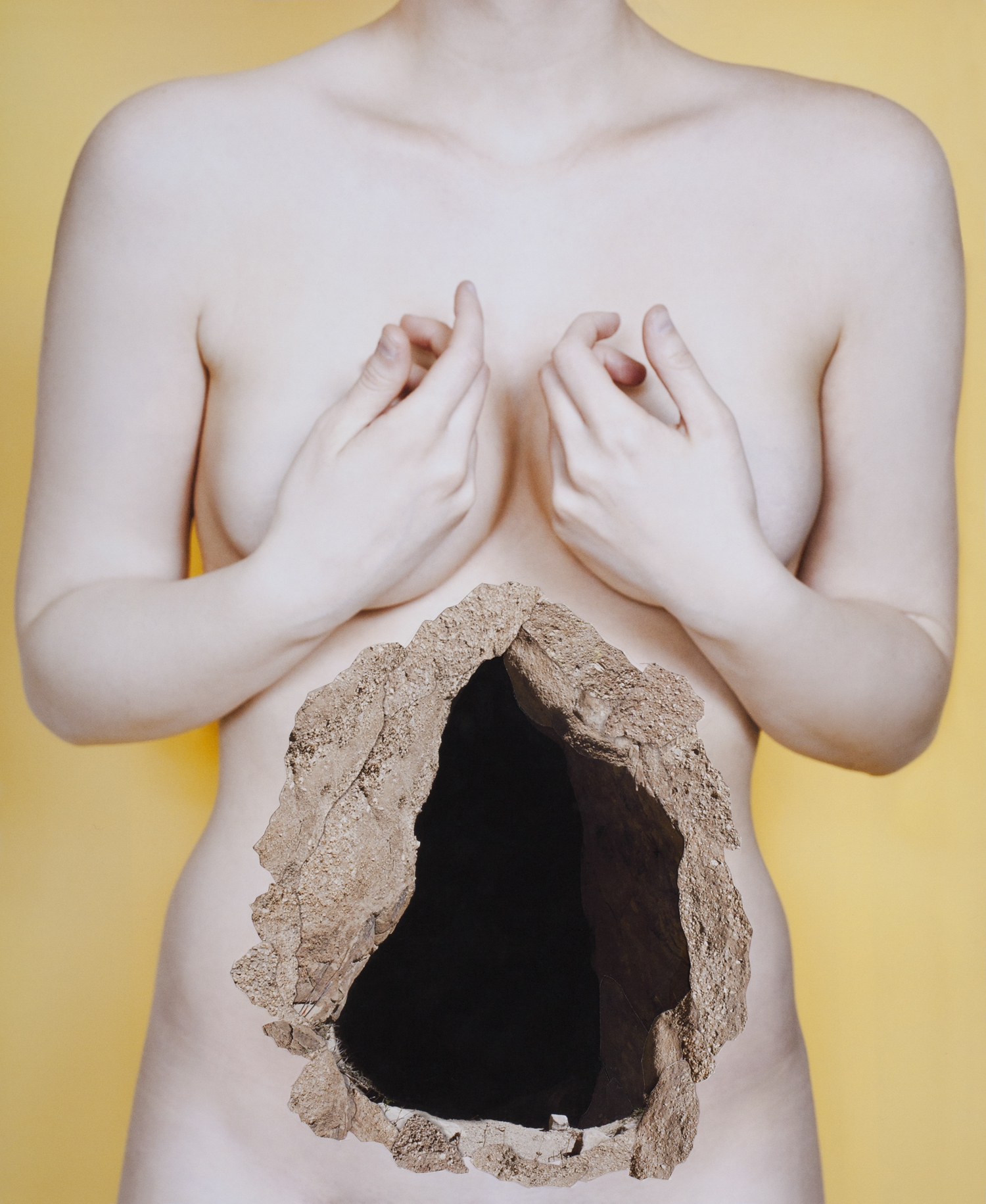
ZENA HOLLOWAY
زينة هولواي
泽娜霍洛威
ゼナホロウェイ

زينة هولواي
泽娜霍洛威
ゼナホロウェイ
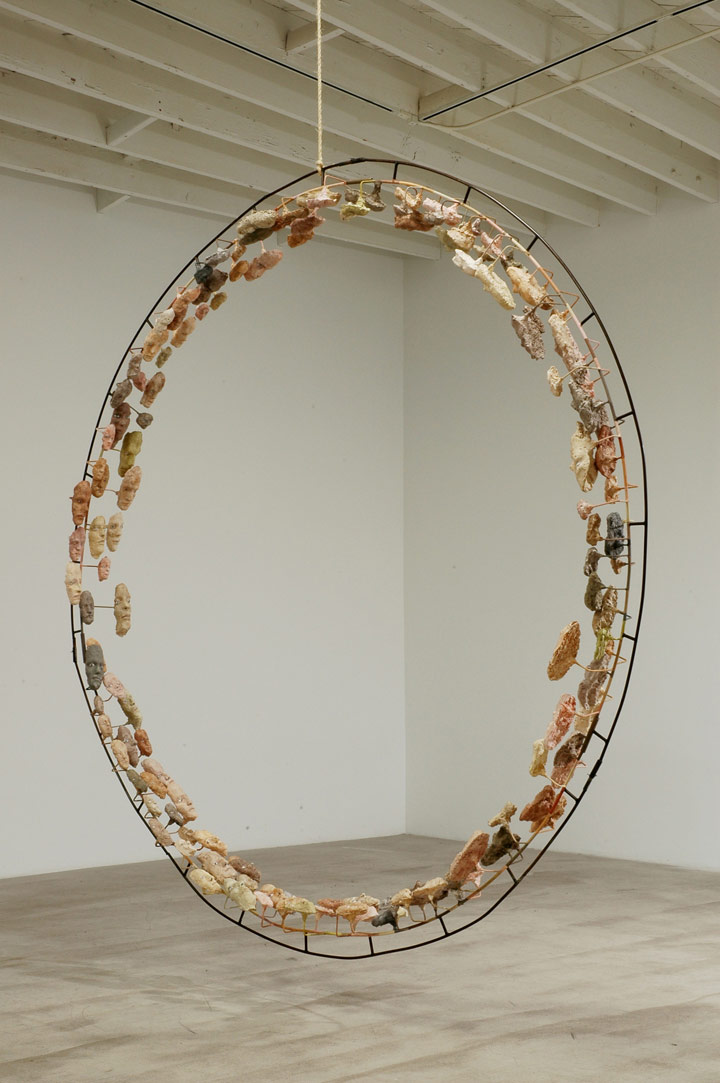

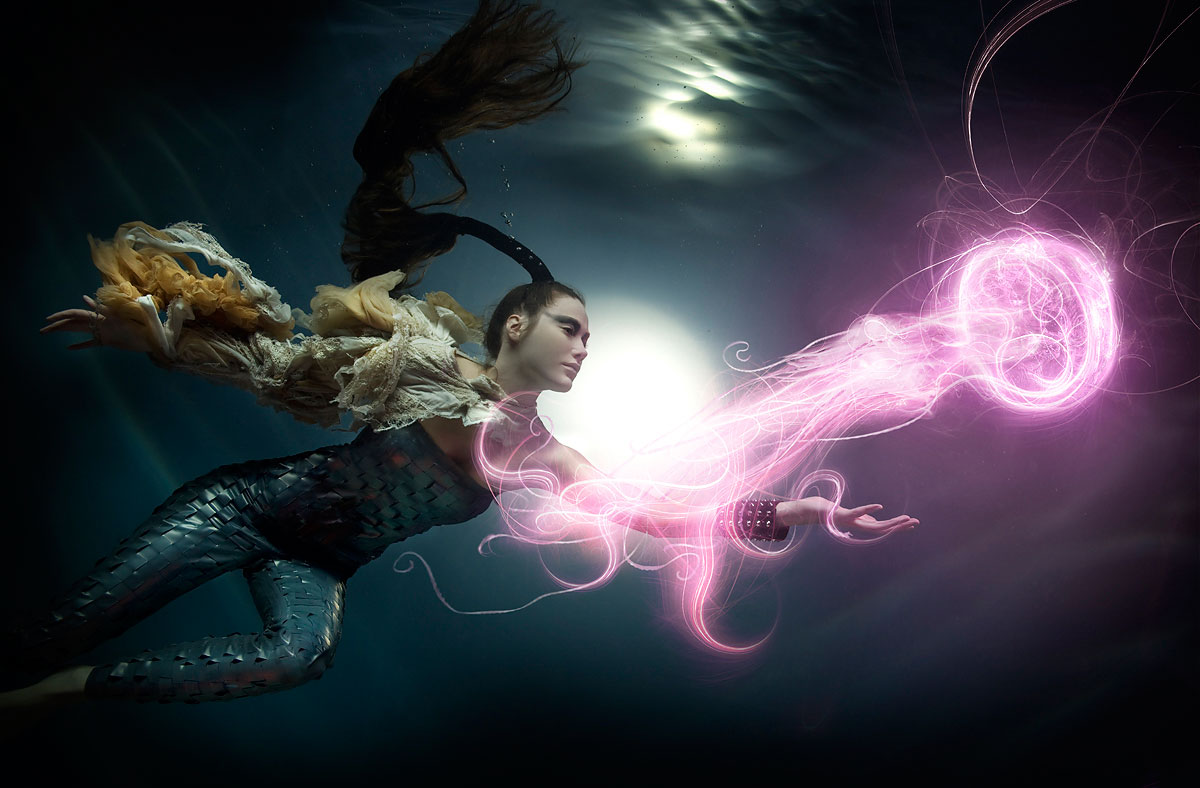
زينة هولواي
泽娜霍洛威
ゼナホロウェイ
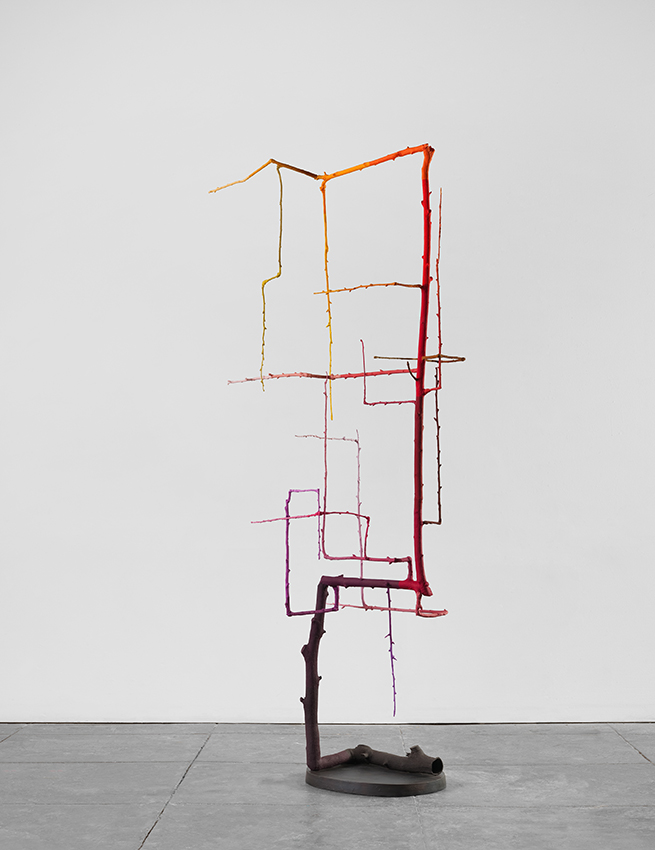
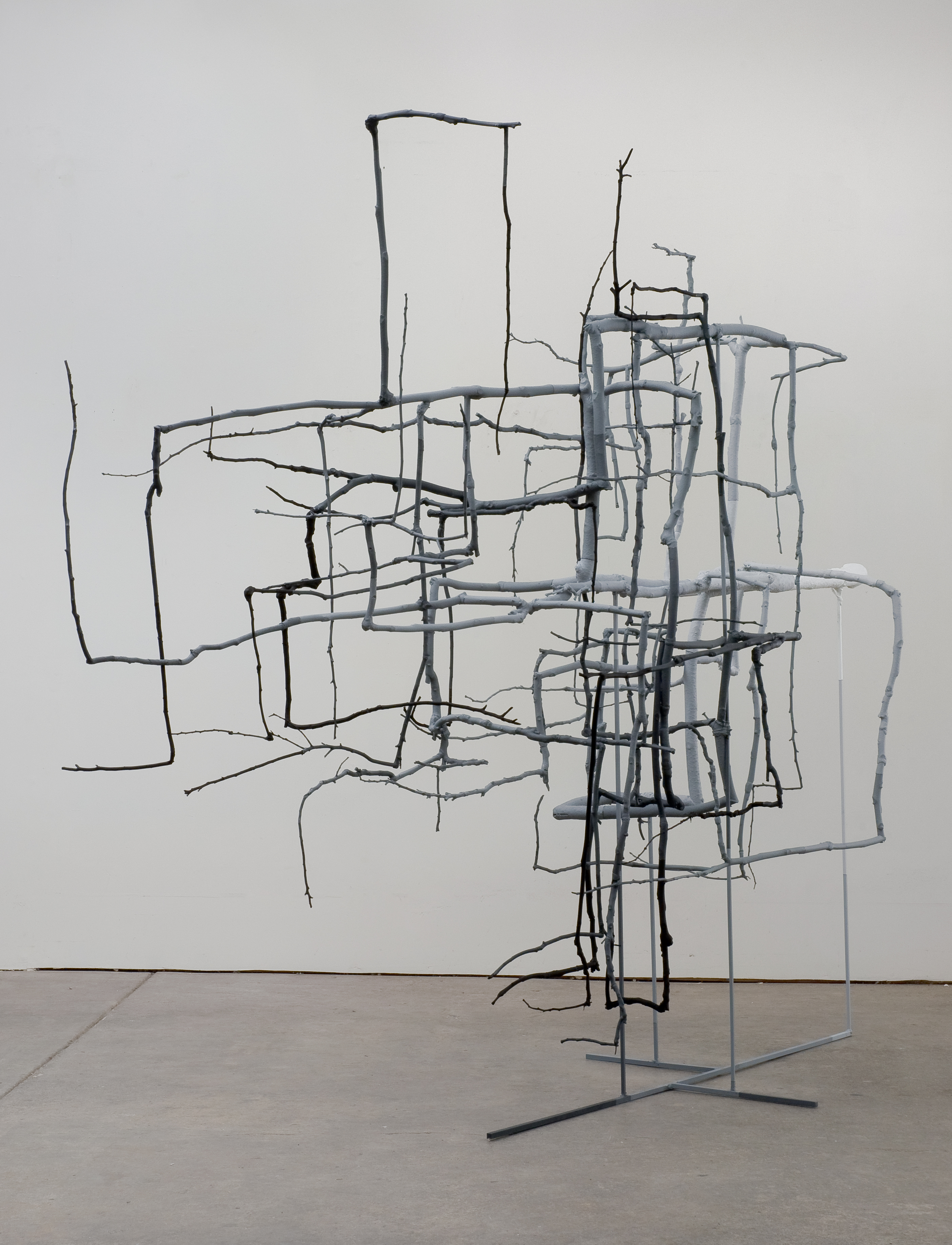
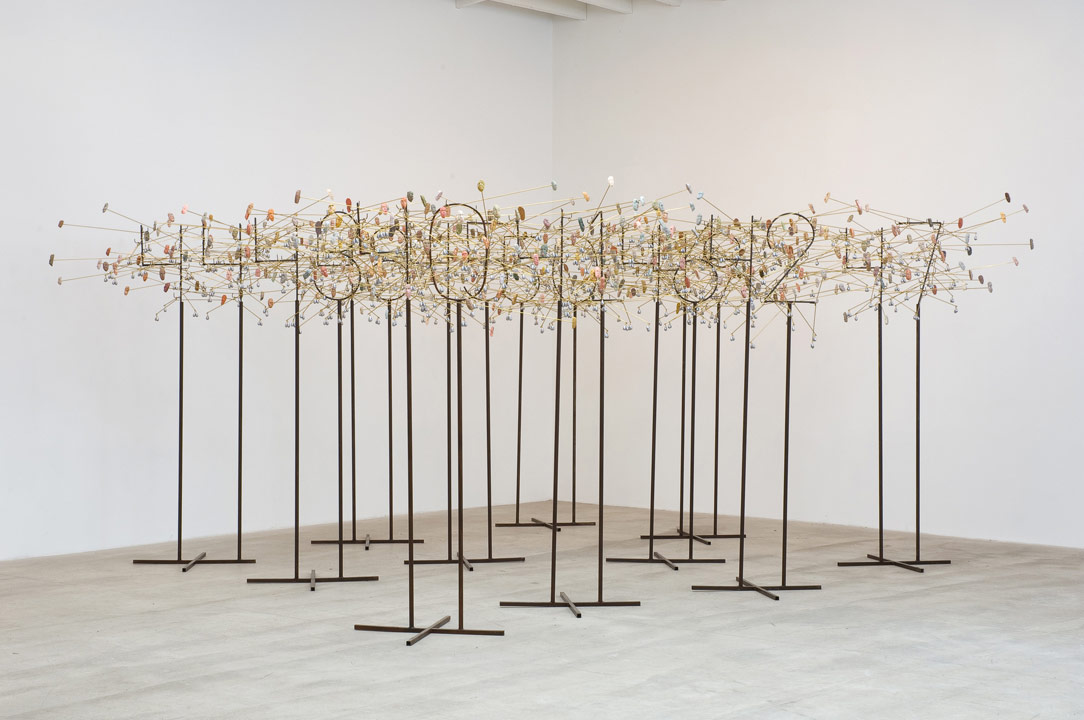

Inverta
A circular axle is able to rotate by the use of 36 universal joints hanging from perspex rods and transmitting their rotary motion onto the next. In between the joints, 36 stainless steel objects are attached that rotate at the same speed as the axle. One of the objects has a slightly thinner body, making room for two integrated timing pulleys and thin cogged belts that connect it with the drive mechanism situated on the upper circular frame. The objects are made from thin sheet material and are carefully balanced by placing several counterweights inside their hollow bodies and by perforating their tails, reducing the amount of material furthest away from the axle. During the entire revolution their centre of gravity perfectly aligns with the position of the axle so that a stable rotation is ensured.
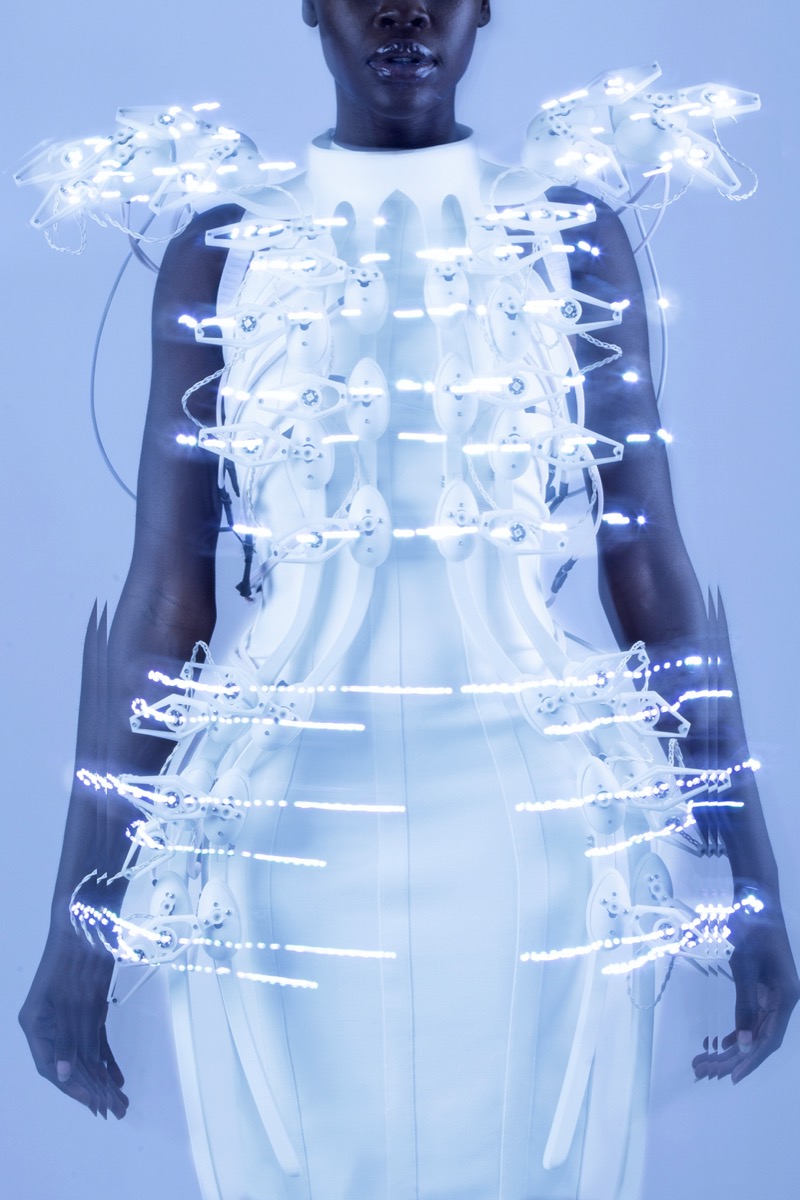
PANGOLIN DRESS
The Pangolin Scales Project demonstrates a 1.024 channel BCI (Brain-Computer Interface) that is able to extract information from the human brain with an unprecedented resolution. The extracted information is used to control the Pangolin Scale Dress interactively into 64 outputs.The dress is also inspired by the pangolin, cute, harmless animals sometimes known as scaly anteaters. They have large, protective keratin scales covering their skin (they are the only known mammals with this feature) and live in hollow trees or burrows.As such, Pangolins and considered an endangered species and some have theorized that the recent coronavirus may have emerged from the consumption of pangolin meat.Wipprecht’s main challenge in the project’s development was to not overload the dress with additional weight. She teamed up 3D printing experts Shapeways and Igor Knezevic in order to create an ‘exo-skeleton’ like dress-frame (3mm) that was light enough to be worn but sturdy enough to hold all the mechanics in place

Chijikinkutsu
“Chijikinkutsu” is a coinage, specially created for the title of this work by mingling two Japanese words: “Chijiki” and “Suikinkutsu”.”Chijiki” means geomagnetism: terrestrial magnetic properties that cannot be sensed by the human body but that exists everywhere on earth. Since long before the Age of Discovery, people have traveled with navigation using compasses employing geomagnetism. In recent years, various devises that utilize geomagnetism have even been incorporated into smartphones[…] “Suikinkutsu” is a sound installation for a Japanese traditional garden, invented in the Edo period. The sounds of water drops falling into an earthenware pot buried under a stone wash basin resonate through hollow bamboo utensils. The concept of the work “Chijikinkutsu” does not derive from experimentalism of science and technology on which media arts rely, nor from architectural theory of western music upon which some sound arts lay their foundation. While utilizing the action of geomagnetism normally treated as a subject of science, this sound installation expands the subtle sounds of “Suikinkutsu” in the context of Japanese perspective on Nature.
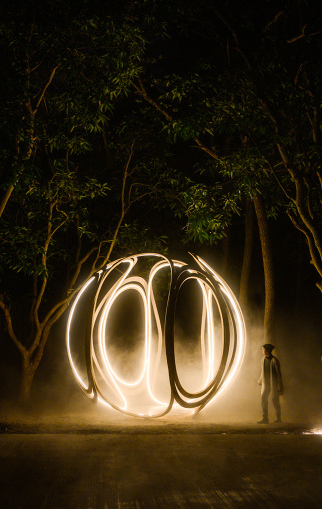
The Search of The Glow
Sprinkling the mist while attaching the tree trunk. Interweaving a scenery with the forest which is inside the deep mountain. Sight with clarity or blur. Light stream lead the mysterious mist to venture the forest. Found a light object under the crowd of trees which is constructed by blend woods. Wood sticks are overlapping and winding as a hollow pinecone. Its construction and pattern go well with the line of the treetop. It’s a whispering between human and the nature.
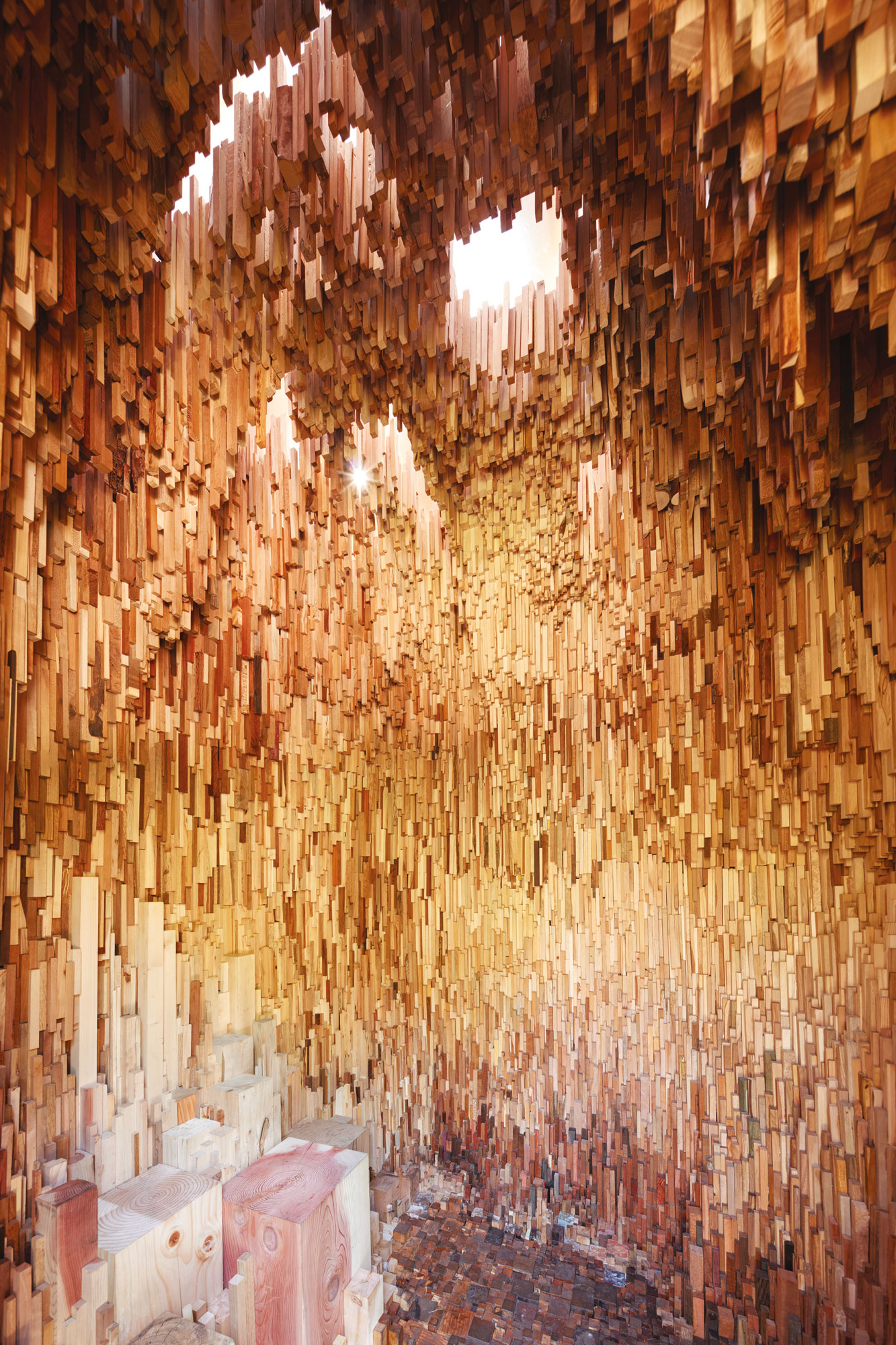
hollow
Katie Paterson and Zeller & Moye’s public artwork, Hollow, is made out of 10,000 samples of different tree species and was unveiled in Bristol in early May. The BBC followed Katie over a ten-month period as she assembled the wood collection and created the artwork. Sourced from all around the world, her samples include the oldest tree in the world, a tree that survived a nuclear blast and many trees that are now extinct.
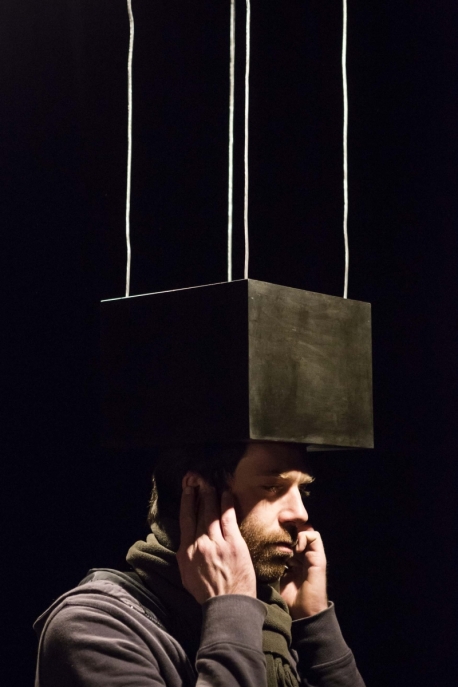
Black Box
‘Black Box’ presents a black wooden volume that is suspended in the exhibition space. The base of the object shows a hollow in the shape of a skull. When the visitor enters this cavity with his head, the status of the object switches into that of an interface. This device contains eight transducers which transfer spatialized audio onto the skull when in contact. The audio is invasive: the acoustic environment is rearranged across the limited space of one’s head in such a way that after a while nothing lasts but two milliseconds of the original realtime sample. What is left is a click that will hop across the inner side of your skull.
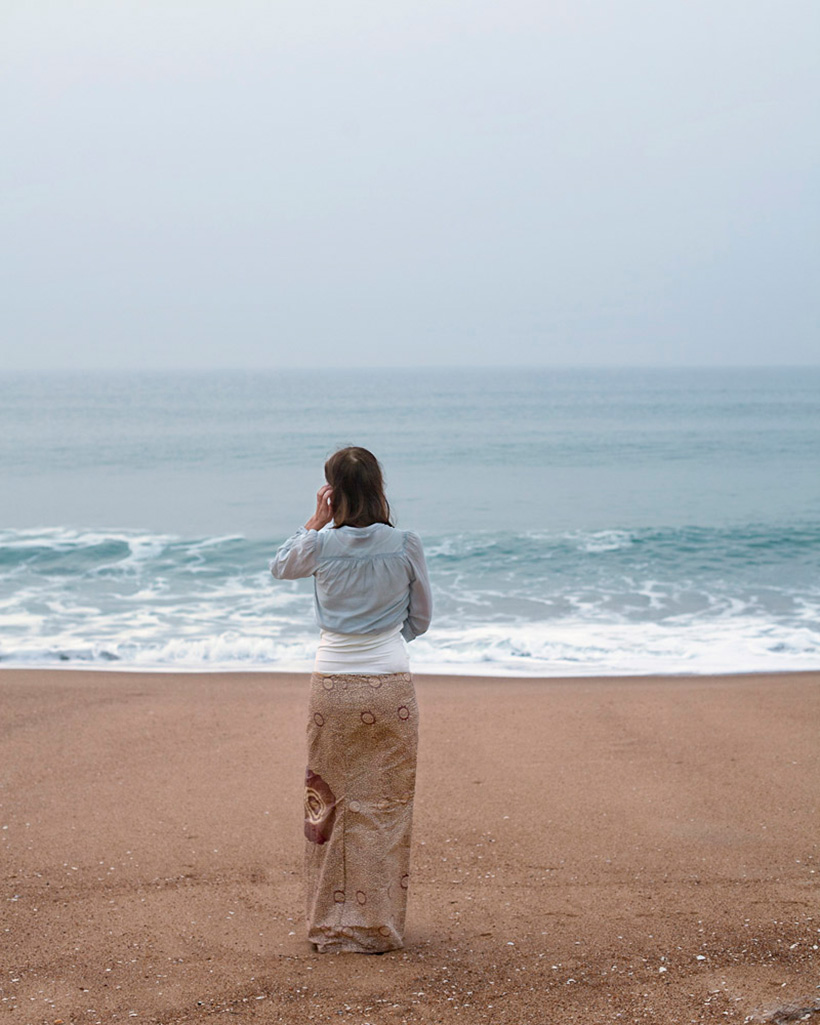
waves
“The latter image, Waves, was taken in Benin, West Africa last winter where I spent a lot of time on the beach, just looking at the ocean and thinking. I had the skirt made for it after I once realized my shirt was the same color as the ocean. Although the two images share the same idea, for me the’re very different: In Invisible the woman looks hollow whereas in Waves it’s as if the landscape grew through her.”

Self-Replicating Spheres
Self-Replicating Spheres explores the processes of growth, encapsulation and division through macro-scale objects on an oscillating table. This project attempts to demonstrate synthetic cellular division and replication through non-biological physical objects, without the use of robotics. The individual spheres were created with a hollow shell and an arrangement of small metal spheres and magnets. This internal structure provides the force of attraction for growing connections, the flexibility and, ultimately, the capability to divide. By adding more spherical units and supplying energy in the form of the oscillating table, the system will continually grow and divide.
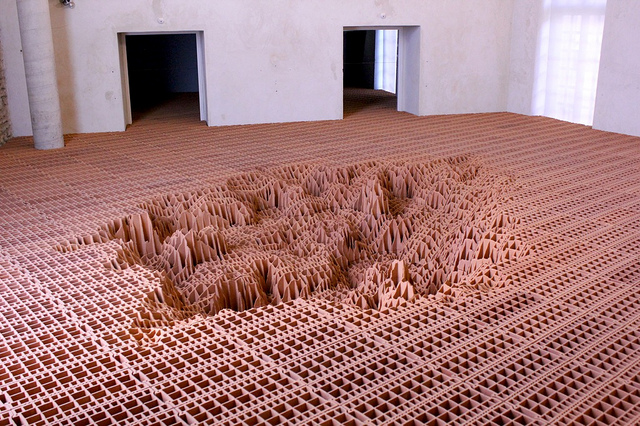
Super Asymmetry
Vincent Mauger’s sculptures do not just stand on a site, they bring pressure into it. The relationship to the site is an intrinsic part of the artist’s work, he questions the space in order to reveal its breaking and equilibrium points. From the adequacy between the occupied space and the shown volume, resonances rise towards the spectators’ sensitivity. The spectator is caught by the play of the surfaces, the hollow and the solid, he experiences a stimulated landscape which scale oscillates between the infinitesimal and the colossal.
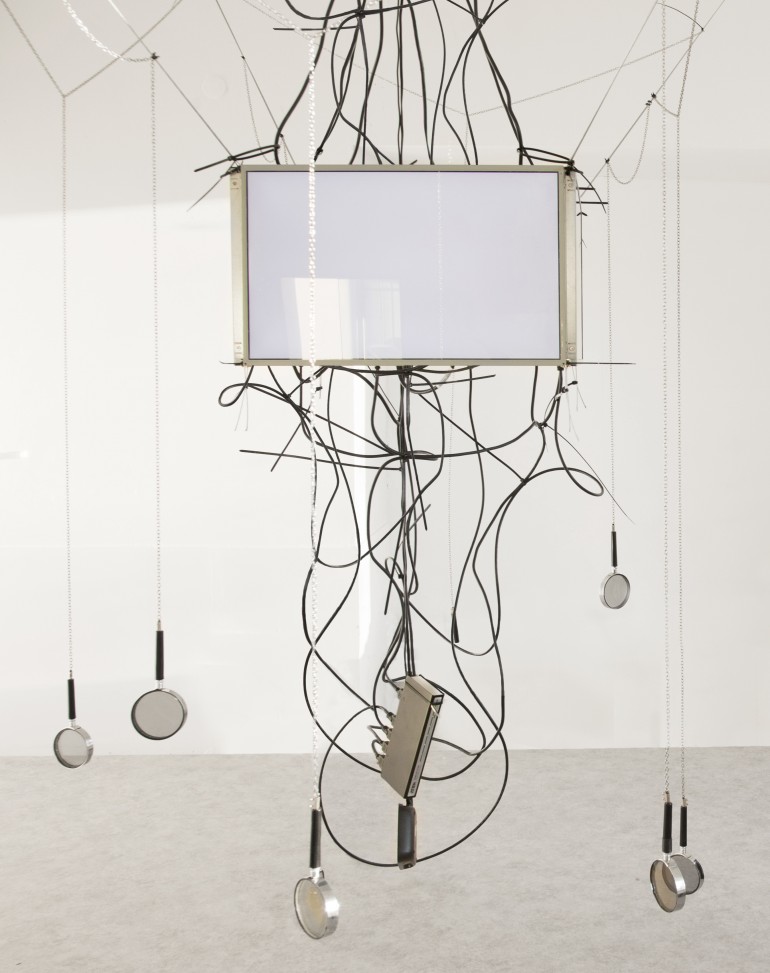
SIMULACRA
file festival
“SIMULACRA” is an optophysical experimental arrangement. At its heart are four LCD monitor panels, which are assembled in the form of a hollow square, and installed at eye level in the middle of the room. The ensemble appears internally gutted, overgrown and embraced. A tangle of cables and control devices pours out of the middle of the square. All around it several magnifying lenses dangle from chains. The imageless glaring ray of the monitors looks as if the images had fallen out of them. What remains is the essence of the medium: Light.It is an impressive, wondrous experience when images suddenly appear from the pure white by the mere glance through a seemingly transparent film. But if you turn the lens in front of your eyes, the polarizing structure of the film creates wild color shifts or even complementary negative images.
